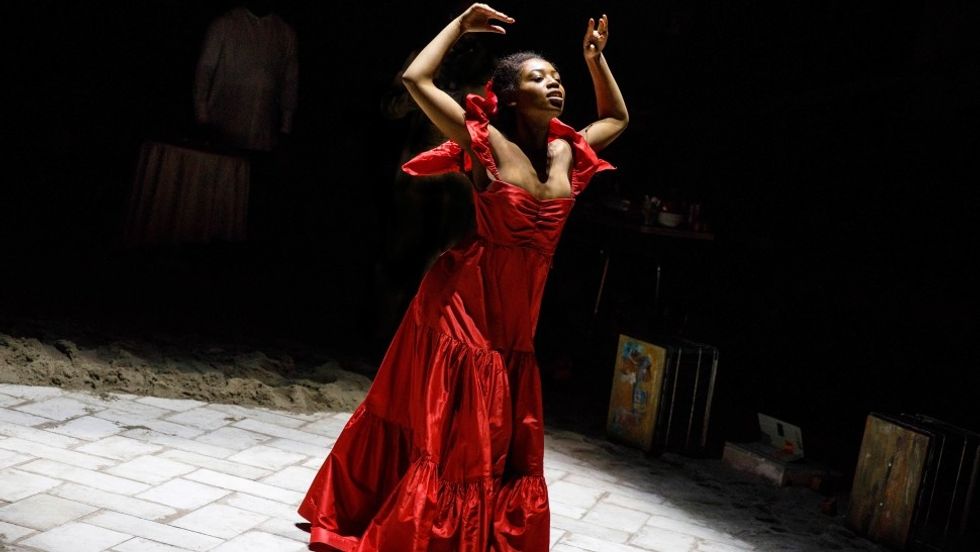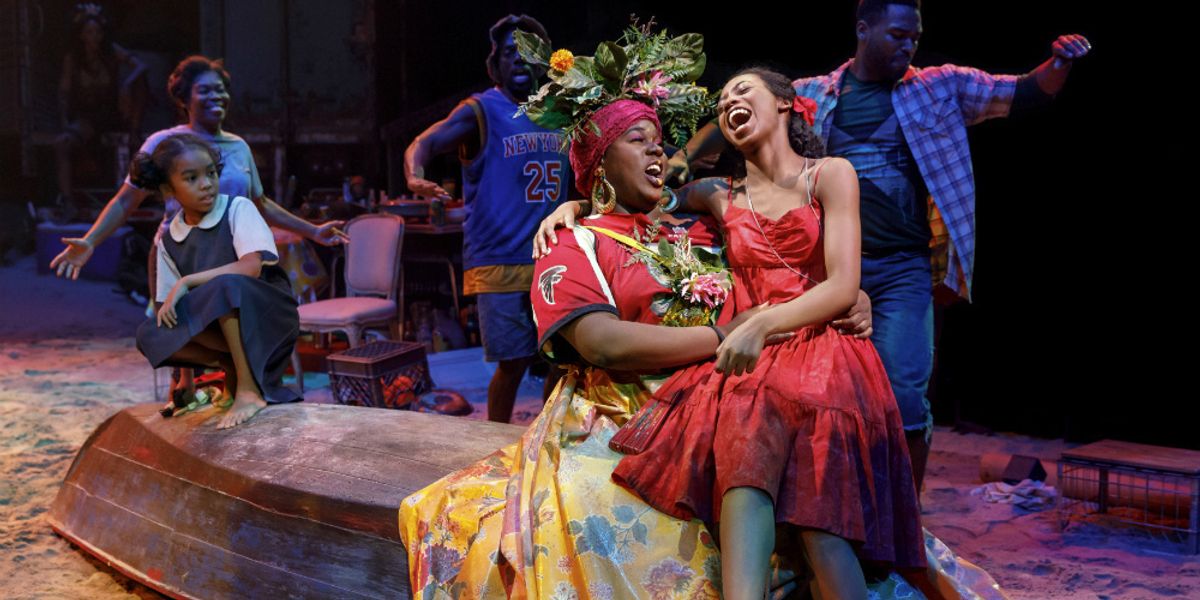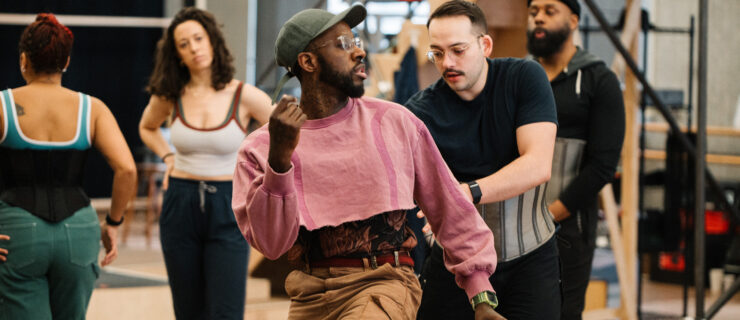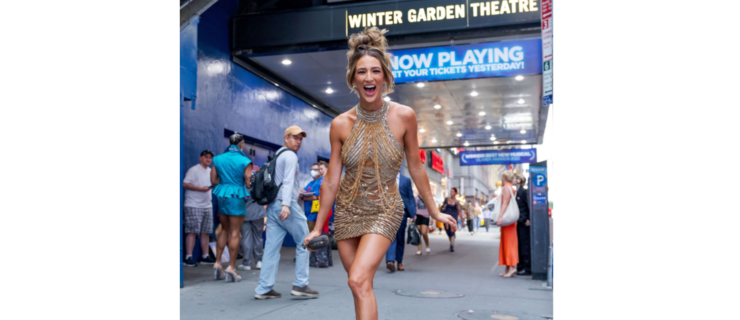Let's Talk About How Camille A. Brown Didn't Get a Tony Nom
As one of the most celebrated concert dance choreographers working today, a Broadway musical felt like a natural next step for Camille A. Brown. She’d already dabbled in choreography for musical theater and plays. Plus, she tells rich, vivid stories in her concert work about the struggles and triumphs of being a black woman in America today. So when we found out she would be choreographing the Broadway revival of Once on This Island, we were understandably excited. And she didn’t disappoint.
But when the 2018 Tony Award nominations were announced last month, Brown wasn’t on the list for Best Choreography. Four white men snagged the five nominations (Christopher Gattelli for My Fair Lady and SpongeBob SquarePants: The Musical, Steven Hoggett for Harry Potter and the Cursed Child, Parts One and Two, Casey Nicholaw for Mean Girls and Justin Peck for Rodgers & Hammerstein’s Carousel.) Most of the choreographers overall this season were white men, as is usually the case.
Are the Tonys the ultimate indicator of the best dance on Broadway? Definitely not. (In fact, we’ve even wondered if there are enough Tony voters out there with sufficient dance knowledge. Plus, they don’t even televise the Best Choreography award during the ceremony.) Undeserving shows are sometimes nominated and inventive choreographers often left out. But this slight feels particularly erroneous.

Hailey Kilgore as Ti Moune in Once on This Island. PC Joan Marcus
Brown is one of the few black women who has ever choreographed for Broadway. People of color and women are still sorely underrepresented on creative teams across the Great White Way. So often even shows like Once on This Island that are populated by people of color are led by all-white creative teams. (The director, writer and composer of Brown’s production are all white, and all her eligible colleagues on the creative team of this revival are nominated.)
Shows about people of color miss something essential when they are led by white creative teams. Case in point: Gattelli’s resumé includes both the 2015 revival of The King and I, which has historically used white choreographers to appropriate Thai dances, and Amazing Grace, a short-lived show about a reformed slave trader that relegated its talented black actors to one-dimensional characters.
Brown’s work for Once on This Island ultimately should speak for itself—and it does. Her choreography in the show is “electric,” as The New York Times declared, yet is intricately woven with every other vibrant element of the show. Every moment tells us something about the characters; every step feels essential to moving the show forward. She allows her cast to interpret the movement as individuals in a way that doesn’t diminish their strength as an ensemble.
It’s also authentic: Brown studied with a “Haitian folkloric Afro-Cuban tutor,” to learn about the djouba and orisha traditions that informed her choreography. And it has a higher purpose: “I don’t think we see narratives of innocence through a black body as much as we should in the world,” Brown told Dance Spirit. “If I want audiences to walk away with anything, it would be for them to see young, black female bodies as children, as women, as vulnerable, as precious and as worthy as any other.”
In a season full of big-brand productions (Mean Girls, SpongeBob, Harry Potter, Frozen, Escape to Margaritaville, Springsteen on Broadway) and revivals with questionable content in this #MeToo era (My Fair Lady and Carousel), Brown gave us a taste of daring authenticity. So why didn’t the Tonys recognize her? As Theresa Ruth Howard explains in our recent cover story on Brown, lack of recognition is nothing new for black women: “[Brown] speaks frankly about being black and female in the world, the struggle to be seen and acknowledged, embodying the old adage about having to be twice as good to get half as much.”




